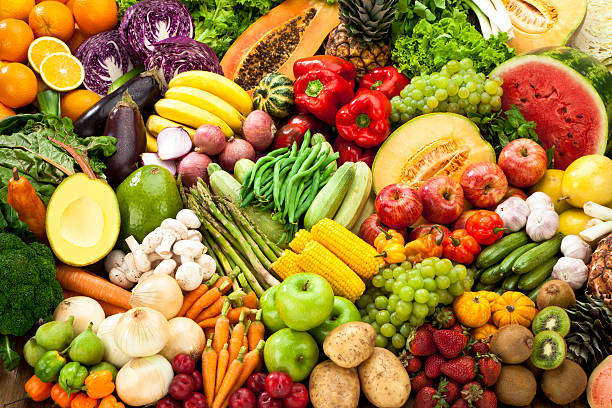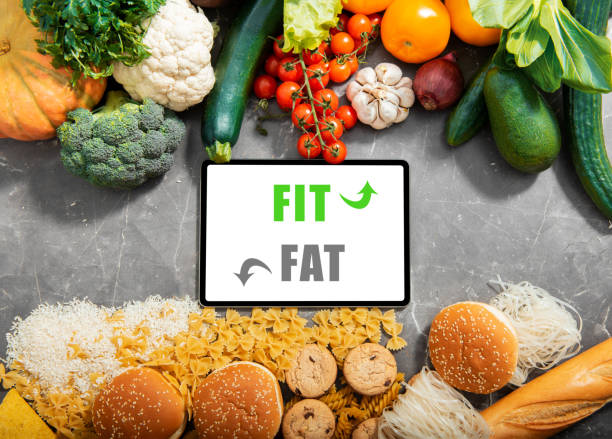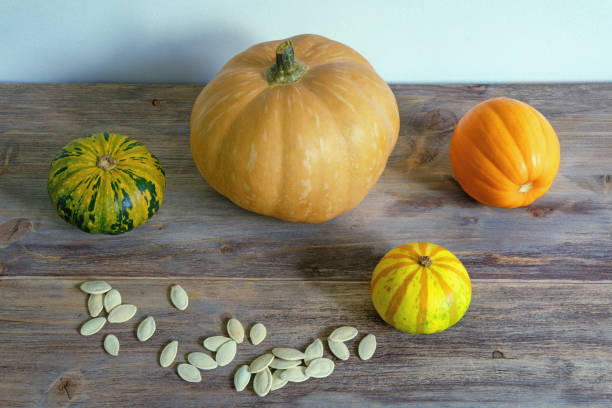Fruit vs. Vegetable: What’s The Difference?

The process of defining the difference between what’s considered a fruit and what’s a vegetable isn’t always easy and dry. The debate over it can be quite sweet and even seedy. It all comes from the fact that a lot of things that we consume can be considered fruits. However, they are often described as vegetables (and considered vegetables also). Certain people distinguish by the degree of sweetness. However, the distinction–from the standpoint of a botanist, at the least–is not about taste but more about what portion of the plant you’re eating.
This article will go to the source of what foods can be classified as fruits as well as vegetables and which are fruits even though they’re always included with vegetables in the supermarket. You’ll be able to find answers to these questions and many more:
- What is the main distinction between fruits and vegetables?
- Are tomatoes a fruit, or is they a plant?
- Are potatoes a plant?
- Are berries fruit?
- What do you think of nuts?
There’s even a list of vegetables as well as vegetables that the categorizing status of the time and pits them against one another, in addition to their classifications in terms of technicality and what they’re typically considered to be in terms of the kitchen. (Spoilage alert: The veggie and fruit puns are already ripe and are likely to get grosser.)
Summary of HTML0
Technically speaking, a Fruit can be described as an ovary, which is derived from a flower and has many seeds. A term like vegetable is broader and refers to any portion of a plant consumed for food, such as tubers, roots, leaves, and stems. A lot of the food items that we refer to as vegetables, such as tomatoes, actually are vegetables. However, this is a technically-based distinction that’s often overlooked in everyday situations like menus or layouts for the fruit section.
What’s the main difference between a vegetable as opposed to a veggie?
For an experienced botanist, the word “fruit” specifically is a reference to the edible portion of a plant’s seed that evolves from a flower into a ripe ovary with one or more fertilized seeds that can produce the new plant. Fruits originate from various kinds of plants. For instance, apples are found on trees gra, grapes can be found on vines, and blueberries are located on the branches of trees, for example. A botanical description of fruit is that a fruit is not associated with its taste. Sweet.
The term vegetable can bring to mind sweet (and non-sweet) tastes. However, the word “vegetable” refers to any part of a plant used for food purposes. It could include leafy leaves (spinach) or the roots (carrots) tub, er (potatoes) flo,wers (broccoli), the stem (celery), and other parts, including that of fruit. In the sense of definition, fruits are only one kind of vegetable (because they’re a palatable component of plants).
However, we don’t typically consider the different types of vegetables or veggies in the strict sense of specific definitions. In non-scientific, everyday situations, it is common to distinguish between the two vegetables and a vegetable by the way we consume it, as well as the dishes we prepare, which is specifically based on the sweetness or non-sweetness of it. Most of us believe that fruits are edible, generally sweet components of plants. Often, they are consumed raw, squeezed into juice, or are used in desserts.
A lot of things that technically are fruit are often referred to in the same way as veggies (and often the opposite). These are some of the categories that can be amongst the most confusing.
Is the tomato a fruit or a vegetable?
It’s both. However you cut it to be, tomatoes are both. A tomato is technically a fruit (the seeds-filled ovary that grows on the plant); however, it’s usually considered (and is referred to as) a vegetable. This confusion of classification is not surprising due to its savory but sweet taste and its popularity as a food item utilized in delicious dishes in the same manner that vegetables typically are. The Supreme Court has had trouble with placing this fruit into the correct category. In 1893, the highest court in the US determined that a tomato was a vegetable due to its use in cooking, irrespective of the classification of the botanical.
Simply because the scientific definition is clear doesn’t mean that the matter is resolved. Perhaps the difference can be described by the phrase of a journalist, usually attributed to Miles Kington, that “Knowledge is the Knowledge that the tomato is a fruit. The art of wisdom is not to place it in a salad of fruits.” However, even this notion has been questioned by many cooks. Just search for variations of watermelon and tomato salad recipes, and you’ll see thousands of hits.
What is a cucumber? Fruit?
It is believed that the cucumber plant is part of the gourd family. The part people consume (and change to pickles) is the part that is the fruit of this plant. While you may not consider the cucumber salad as being something that’s a fruit salad, it does meet the definition of being a food item. It’s a good reminder of the fact that taste and the method used to prepare food have nothing to be related to its classification in science.
Can a coconut be described as a fruit? Fruit?
The coconut is the fruit of the coconut palm. It is a category of fruits known as drupes that are distinguished by skin, a fleshy middle, and a tough woody shell over a single seed. In contrast to other drupes, where the flesh that covers the bases is the one consumed (like cherries or peaches), the edible portion in the coconut’s meat is that’s within the last shell.
Are potatoes a plant?
Potato is part of the same plant family (the nightshade family) as eggplant, tomato, and a few peppers. But, unlike the others, it’s classified as a vegetable because the portion of the plant that is consumed is the tuber component of the root instead of its reproductive organ.
Many ask, “Is a potato a vegetable?” They are really trying to determine if they are able to consider it a vegetable nutritionally, just like green vegetables. In the past, potatoes were thought of as starch; however, they’re a wealth of nutrients, which include vitamin C, B1, and B3, as well as B6 and minerals such as potassium, iron folate, and iron.
Are carrots considered fruit?
It’s a simple one to answer — carrots are vegetables in contrast to fruits. Similar to potatoes and carrots, they are a form of a root veggie. The leaves of the plant can be eaten. However, carrots are cultivated for their bright orange (or white, or purple and yellow) taproot that grows underneath.
Keep in mind that vegetables are derived from every part that makes up the plants, including the leaves, roots, stalks, and components. This Knowledge can help you determine what belongs to either the category of vegetables classification or the type of fruits.
However, there’s a better way to do it: we’ll give you the information. Create this list of fruits and vegetables whenever you encounter Rhubarb-related issues related to edible plant information.
Are berries fruit? What do you think about nuts?
You may be thinking that grains are a shocking selection in the fruit category. It’s not just the one fruit that is frequently excluded from discussions about fruit conversation either. Nuts, berries, as well as pods (such as peas) are, in fact, fruit.
The term “berry” refers to a Berry is a tiny fruit that typically has small seeds, such as blueberries and grapes. Tomatoes, in actuality, are also part of this category. From a botanical perspective, there are only basic fruits–those that grow from one ovary of the same flower are berries. However, other fruits mainly referred to as “berries,” such as strawberries and raspberries, can’t be considered a related fruit. That is to say, ey grow from multiple ovaries in the same flower. Certain fruits that are often referred to as berries, for instance, those that are referred to as berries, like the mulberry, are multi-fruits, which means they originate directly from ovaries in many distinct flowers.
Are you aware of where these food items are named?
Nuts are simple fruits that are consumed in dry form. They have a nutrient-rich inside, which is enclosed in the shape of a hard shell. It’s similar to hazelnut or chestnut. There are other items that we refer to as nuts, like almonds and walnuts, which aren’t actually nuts from a botanical point of view; however, they are the kinds of fruits that are classified by the term Drupes (like coconuts) as their shells cover with an outer layer of flesh. They aren’t nuts, either. They also are legumes, which means they’re technically plant.




Leave a Comment